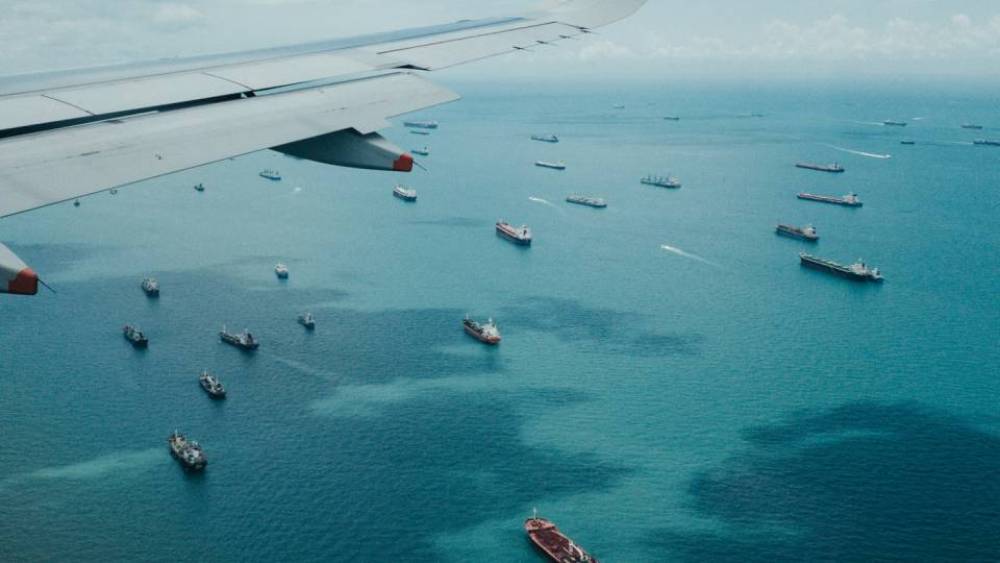The Louisiana Gulf Gateway Terminal, a proposed 1,000-acre container terminal in southern Louisiana that would be able to handle the largest ships on the water today, has received its first investment from a US finance company that aims to monetize each operational touch of freight that moves through there.
Chandler, Arizona-based Sustainability Partners will provide $50 million toward the design and construction of a short line rail spur that will connect one of two logistics campuses that are planned at the terminal, Christopher Fetters, chief executive of project developer Louisiana Development 23 Company, told JOC.com.
The approximately 10-mile rail spur will connect to a short line service from the New Orleans & Gulf Coast Railway that will transfer freight to Class I railroads. Fetters said the rail spur is expected to finish by the fourth quarter of 2023. The first phase of the container terminal is expected to be operating by the middle of 2024, he added, with other phases developed when customer and financing agreements are reached.
Sustainability also pledged another $400 million to develop additional rail tracks from the terminal site at Plaquemines to Gretna, Louisiana, if the overall project can secure a minimum volume commitment for containers going through the facility, Fetters said. Louisiana Development 23 is working with a shipper, whom Fetters declined to identify, to provide the initial volume commitment, with an announcement expected later in 2022.
“The players are at the table,” Fetters said. “We have the two critical components, financing and a customer, and we are going through the contractual obligation to align those up appropriately.”
Sustainability Partners, which is part of business development company SuRo Capital, invests in public infrastructure projects throughout the US, including electric vehicle charging stations and utility metering.
Fetters said that in return for its investment, Sustainability receives a fee for each rail lift. He said that the business model for the rail, which Sustainability calls “infrastructure as a service,” means the Plaquemines Port, Harbor, and Terminal District won’t need debt financing to get the rail tracks built.
Fetters said the business model gives Sustainability Partners steady income over the life of the assets it finances, while enabling a small port authority with little access to financing a way to build the project.
Sustainability Partners “recover their funds based on a usage model,” Fetters said. “It’s like your light bill,” he noted. “You don’t pay for the pole or the wire. That money is recovered by what you use.”
Estimated $5 billion cost
But the project is looking to debt financing to build the actual container terminal. Fetters said project developers have a preliminary agreement with CIG Capital, which will syndicate Plaquemines’ debt to other investors, for the additional financing.
The Louisiana Gulf Gateway Terminal, which could cost up to $5 billion to fully build out, is envisioned as a multi-modal gateway for super-post-Panamax ships to deliver cargo into the US Midwest, handling 2 million TEU in containers annually.
The terminal will eventually have three berths for handling 22,000-TEU ships. It will also have an air cargo terminal with 10 million square feet of warehousing available.
Last year, Maersk’s APM Terminals subsidiary signed a letter of intent that it would operate the terminal on the port district’s behalf.
Contact Michael Angell at michael.angell@ihsmarkit.com and follow him on Twitter: @michael_angell.
